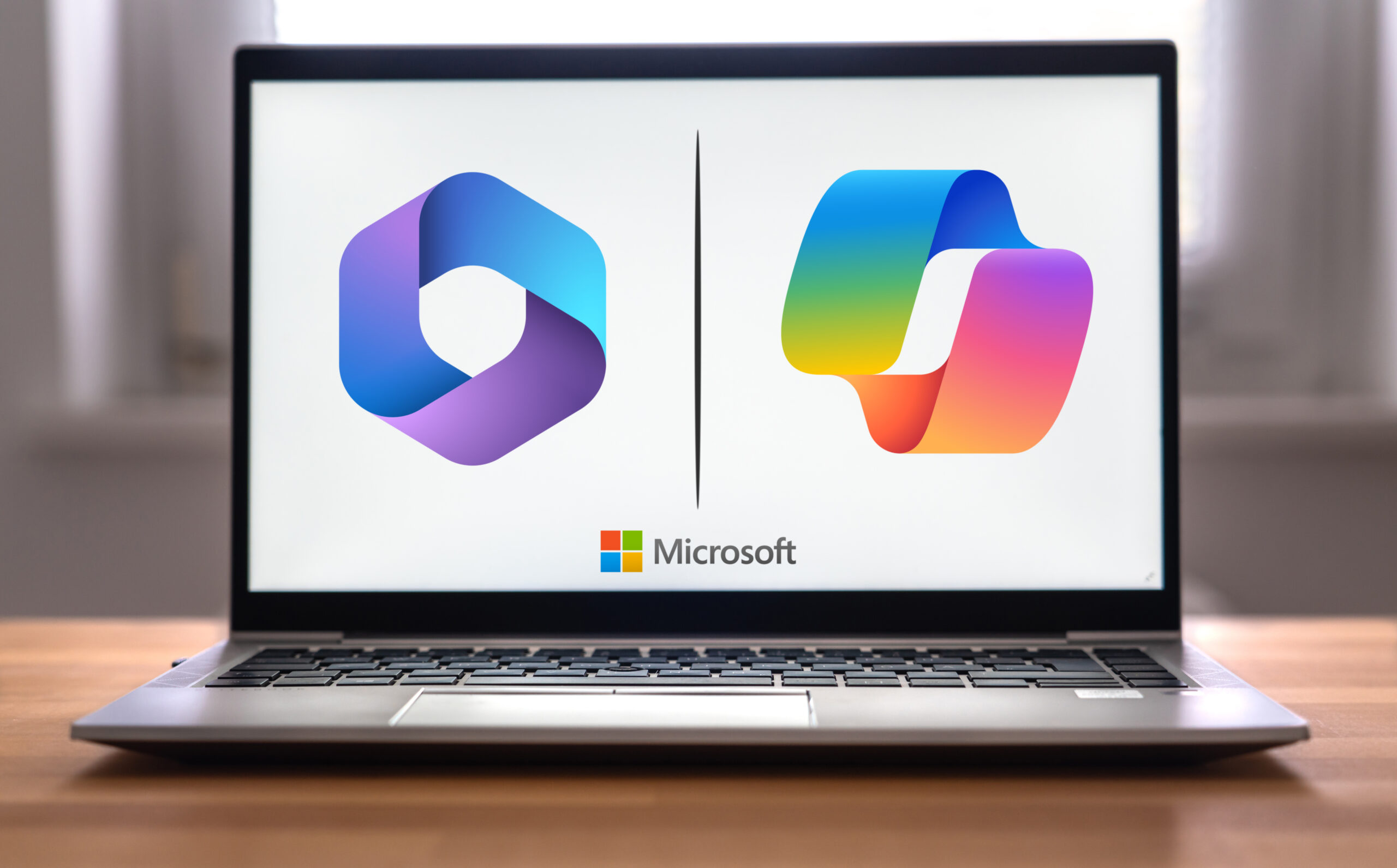Many businesses that have yet to be hacked underestimate the value of cyber insurance. What if, one day a data breach or ransomware incident happens? Do you have the solutions to mitigate it? Are you sure you won’t go through any challenges when getting Cybersecurity Insurance?
Cyberattacks continue to surge and become more sophisticated. Last year, IBM reported all-time high costs of data breaches. Symantec also recorded a $3 billion loss in 2023 because of a business email compromise.
Nowadays, your business is more vulnerable than ever, making it ideal to partner with an insurer. However, are you confident you won’t encounter any cybersecurity insurance approval?
Challenges for Cybersecurity Insurance: why did you get denied?
If you have any insurance, you know that it’s not something you can shop for like clothing from a store. IT insurance hurdles are much like the struggles we face when getting life or health insurance. There are many factors to consider, along with requirements you must meet without fail.
Did you apply for cyber insurance and get rejected, but don’t know why? Here are some common challenges for cybersecurity insurance that you might encounter.
Poor security measures
Did the insurer call to tell you that your IT insurance application was denied? They likely found your security measures lacking. If you have no data protection protocols, you are more at risk for cyberattacks. It could mean astronomical financial losses that insurers would not want to shoulder.
Outdated security systems
When did you last check your network firewall for vulnerability? Is your antivirus software updated? Saying no to these basic security checks will leave the insurance company no choice but to drop your application. The best cybersecurity insurance tips include keeping your protocols up-to-date to prevent untimely attacks.
No employee training
Human error is a huge factor that makes cybersecurity defenses crumble. What use is expensive IT security software if your employees don’t know how to spot a threat? If your members are prone to phishing and malware attacks, you will have challenges getting cybersecurity insurance approval.
Inadequate risk or incident management
Another example of IT insurance hurdles is your business’ risk management strategies. Do you have regular vulnerability assessments and a robust backup, disaster, and recovery (BDR) plan? How you prepare and respond to cybersecurity issues holds weight on your insurance application.
Overcome these Challenges of Cybersecurity Insurance
How do you make an insurer give you the best policy package and premium? It starts with your cybersecurity measures. Firstly, make sure that you have the best protective protocols in place like access controls and multi-factor authentication.
You should also regularly assess your vulnerability risks and create an effective incident response plan in case of cyberattacks. Arrange regular cybersecurity employee training—your people should be part of the solution and not the problem!
Partnering with a Managed Service Provider
These challenges for cybersecurity insurance approval are a thing of the past when you get an expert on board. Try using co-managed services and find out how an MSP can help you overcome IT insurance hurdles.
Do you want to know more about cybersecurity insurance tips? Learn by watching our free on-demand webinar, ‘Common Pitfalls in Cybersecurity Insurance Applications’ now!



